Home>Dining>Tableware>How To Make Your Tableware Match Different Table Settings
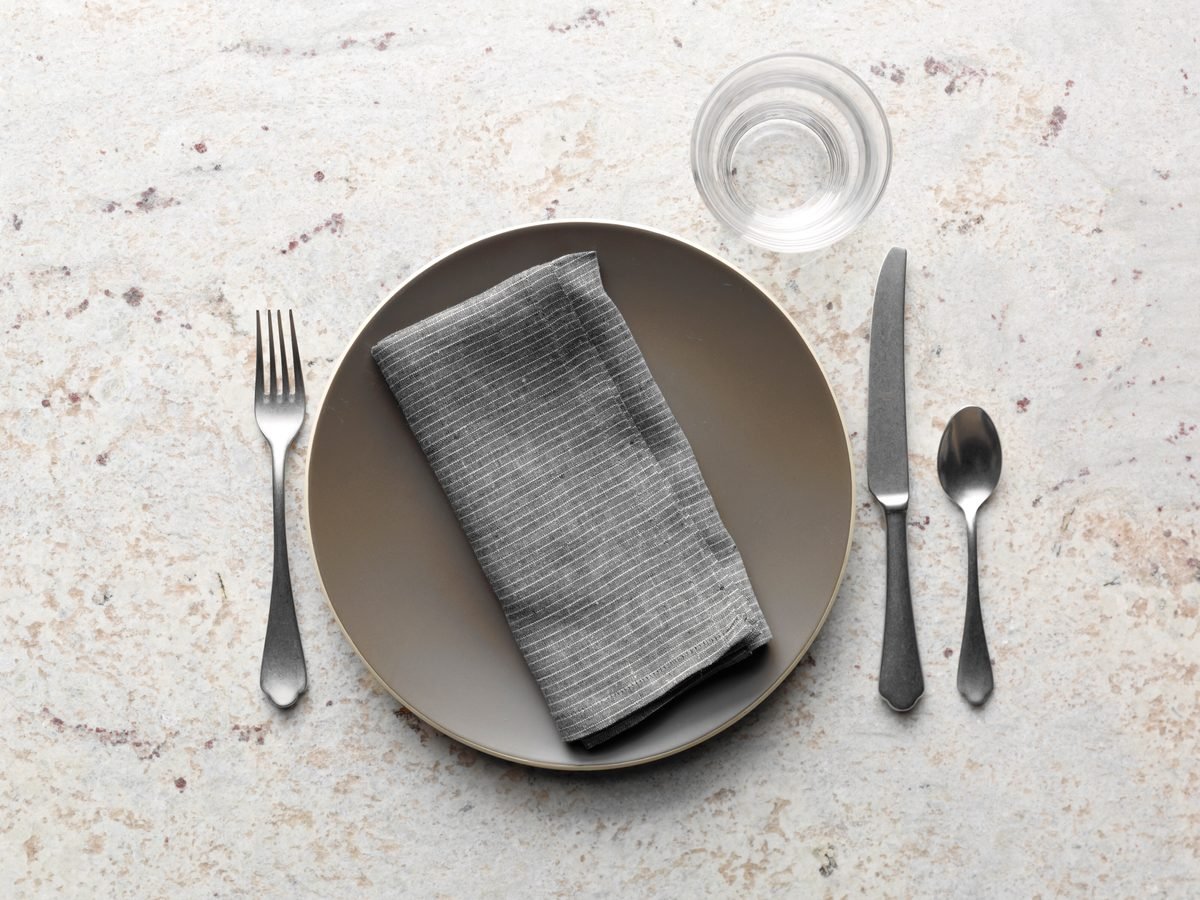

Tableware
How To Make Your Tableware Match Different Table Settings
Modified: January 4, 2024
Discover how to make your tableware match different table settings with our helpful guide. Learn tips and tricks to create the perfect ambiance for any occasion.
(Many of the links in this article redirect to a specific reviewed product. Your purchase of these products through affiliate links helps to generate commission for Storables.com, at no extra cost. Learn more)
Introduction
Welcome to the captivating world of tableware and the art of table settings! Whether you’re hosting a formal dinner party or simply enjoying a cozy meal with your loved ones, the way you set your table can make a significant impact. It sets the tone for the occasion, creates an inviting atmosphere, and adds a touch of elegance to your dining experience. In the realm of table settings, one aspect that holds special significance is the choice of china.
China, with its rich history and elaborate designs, is not just a functional piece of tableware, but also a reflection of culture, tradition, and personal style. Choosing the right china that matches different table settings can be a delightful and creative endeavor.
In this article, we will delve into the intricate world of table settings, exploring traditional and contemporary Chinese table settings, as well as the exciting fusion of Chinese and Western elements. We will also provide some useful tips on how to make your china seamlessly blend with different table settings.
So, sit back, relax, and let us take you on an enchanting journey to set your table in a way that harmonizes your china with diverse table settings!
Key Takeaways:
- Elevate your dining experience by seamlessly matching your china with different table settings, whether traditional, contemporary, or a fusion of Chinese and Western elements. Embrace creativity and balance to curate visually stunning and inviting atmospheres.
- Unleash your creativity and experiment with mixing and matching different sets of china to create personalized and eclectic table settings. Consider the occasion, color coordination, and versatile patterns to elevate your dining experience.
Read more: How To Make Tableware From Wood
Understanding Table Settings
Before we dive into the art of matching china with different table settings, let’s first understand what a table setting entails. A table setting refers to the arrangement of tableware, cutlery, glassware, and other decorative elements on a dining table. It serves both functional and aesthetic purposes, ensuring that each guest has the necessary utensils and creating a visually pleasing presentation.
A well-executed table setting can set the mood for your meal, whether it’s formal, casual, or somewhere in between. It reflects your personal style, the occasion, and the overall ambiance you want to create. There are various types of table settings, each with its own characteristics and guidelines.
In formal table settings, which are essential for elegant dinner parties or exquisite events, it’s important to set your table with precision, following a specific placement for each item of tableware. This includes multiple forks, knives, and spoons, along with specialty plates and glassware. Informal table settings, on the other hand, are more relaxed and casual, emphasizing a simplified arrangement of essential items to set your table for a regular meal.
With this basic understanding of table settings, let’s now explore the beauty and intricacy of Chinese table settings.
Traditional Chinese Table Setting
Traditional Chinese table settings embody elegance, symbolism, and attention to detail. They are rooted in ancient customs and cultural norms associated with dining etiquette. One of the key elements in a traditional Chinese table setting is the use of round tables, which symbolize harmony and unity.
At the center of the table, you will often find a decorative centerpiece, such as a vase of flowers or a traditional Chinese motif. This adds a touch of grace and beauty to the setting. The tablecloth is typically red, symbolizing luck and prosperity in Chinese culture.
In a traditional Chinese table setting, each guest is provided with a set of chopsticks and a spoon. Chopsticks are an integral part of Chinese dining culture and are used for picking up food items. The spoon, on the other hand, is used for soups and sauces.
The placement of the dishes is also significant in a traditional Chinese table setting. Typically, a large plate of rice is positioned in the center of the table, symbolizing abundance and the importance of rice as a staple food in Chinese cuisine. Surrounding the rice are various dishes, including meat, vegetables, and seafood. These dishes are meant to be shared communally, emphasizing the importance of harmony and togetherness in Chinese dining.
When it comes to china, traditional Chinese table settings often feature porcelain or ceramic dishes with delicate patterns and vibrant colors. Blue and white porcelain, known as “qinghua,” is especially popular in traditional Chinese table settings. The intricate designs and traditional motifs on the china add a touch of sophistication and cultural significance to the overall presentation.
To complete the table setting, tea is an essential component in Chinese dining culture. Guests are often served hot tea, which is believed to aid digestion and cleanse the palate. Tea cups, typically made of porcelain, are placed on saucers and positioned above the spoon and chopsticks at each place setting.
Traditional Chinese table settings exude a sense of elegance and traditional charm. With the right choice of china, along with the appropriate tableware and decorative elements, you can create a captivating setting that transports your guests to the rich world of Chinese dining culture.
Contemporary Chinese Table Setting
In recent years, there has been a rise in contemporary Chinese table settings that incorporate modern elements while still respecting the traditions of Chinese dining. These table settings offer a fresh and innovative take on Chinese cuisine, blending traditional aesthetics with a touch of modernity.
One notable feature of contemporary Chinese table settings is the use of sleek and minimalist tableware. This includes simple white plates and bowls that allow the vibrant colors and intricate presentation of the food to take center stage. The focus is on the culinary artistry and the visual appeal of the dishes themselves.
Contemporary Chinese table settings often feature unique and artistic plating techniques. Food is presented in an aesthetically pleasing manner, utilizing different textures, shapes, and colors to create a visually captivating experience. This attention to detail extends to the arrangement of the tableware, with precise positioning of each plate, bowl, and utensil to create a harmonious visual composition.
While traditional Chinese table settings emphasize communal dining and sharing of dishes, contemporary Chinese table settings sometimes adopt a more individualized approach. Each guest may have their own set of individual plates and bowls, allowing them to enjoy a personalized dining experience. This also enables the presentation of smaller, intricate portions of food that showcase the chef’s creativity and attention to detail.
When it comes to china, contemporary Chinese table settings often embrace a mix of traditional patterns with modern designs. Porcelain and ceramic dishes with clean lines and subtle patterns are popular choices. The use of unique textures, such as matte finishes or a combination of glossy and matte surfaces, adds a contemporary touch to the china.
Another aspect of contemporary Chinese table settings is the incorporation of innovative tableware and serving vessels. Modern techniques, such as sous vide cooking and molecular gastronomy, may be employed, requiring specialized utensils and serving dishes. This adds a sense of excitement and experimentation to the dining experience.
Overall, contemporary Chinese table settings offer a fusion of tradition and modernity. They showcase the evolution of Chinese cuisine and dining culture, embracing innovation while staying true to the roots and essence of Chinese culinary traditions.
Mix and match different china patterns by sticking to a cohesive color scheme or theme. This will create a visually interesting table setting while maintaining a sense of harmony.
Incorporating Western Elements in Chinese Table Setting
As cultural boundaries become more fluid, there has been an increasing trend in incorporating Western elements into Chinese table settings. This fusion of styles allows for a unique and creative dining experience that combines the best of both worlds.
One way to incorporate Western elements is by integrating Western tableware and utensils alongside traditional Chinese tableware. For example, you can use Western-style dinner plates, cutlery, and glassware, while still maintaining the traditional Chinese elements in the overall setting. This blend of styles creates a harmonious and eclectic aesthetic that celebrates cultural diversity.
Another way to infuse Western elements is through the choice of table linens. While red is commonly associated with traditional Chinese table settings, you can experiment with different colors and patterns to incorporate Western aesthetics. Consider using neutral-colored tablecloths or adding colorful accents through table runners or placemats to bring a contemporary touch to the setting.
When it comes to food, you can explore the fusion of Chinese and Western flavors in your menu. Incorporate ingredients and cooking techniques from both cuisines to create a delightful fusion feast. For instance, you can serve classic Chinese dishes with a Western twist, such as sesame-crusted salmon or Peking duck quesadillas.
In terms of china, you can opt for contemporary Chinese designs that feature Western-inspired patterns or motifs. Think about incorporating geometric shapes, floral designs, or abstract patterns that resonate with both Chinese and Western aesthetics. This blend of patterns can add a modern and eclectic element to your table setting.
Furthermore, consider using individual serving plates or small bowls for each guest, which is more common in Western dining traditions. This allows for a more personalized dining experience and creates a sense of intimacy at the table.
By incorporating Western elements into a Chinese table setting, you can create a truly unique and memorable dining experience that bridges cultures and celebrates diversity. The key is to find a balance between the two styles, ensuring that they complement each other harmoniously and create a cohesive and visually appealing table setting.
Read more: How Can I Replace WMF Tableware?
Mixing Chinese and Western Table Settings
Mixing Chinese and Western table settings offers a delightful blend of cultural influences, resulting in a unique and captivating dining experience. This approach allows you to combine the elegance and traditions of Chinese table settings with the sophistication and refinement of Western dining styles.
One way to achieve this fusion is by using a combination of Chinese and Western tableware. For example, you can pair traditional Chinese porcelain or ceramic dishes with modern Western-style glassware and cutlery. This juxtaposition creates an intriguing visual contrast that showcases the best of both worlds.
When it comes to table linens, you can experiment with a mix of Chinese-inspired patterns and Western textiles. Consider using Chinese embroidered table runners or Chinese brocade napkins alongside solid-colored or patterned Western tablecloths. This combination adds texture and visual interest to the table setting.
In terms of food presentation, you can incorporate elements from both cuisines to create a harmonious blend. Serve Chinese dishes in individual Western-style plates, or present Western dishes with Chinese-inspired garnishes and condiments. This allows you to explore the diversity of flavors and presentation techniques from both cultures.
Furthermore, consider creating a fusion menu that combines dishes from Chinese and Western cuisines. This could include dishes like a crispy Peking duck served with a side of mashed potatoes, or a stir-fried cashew chicken with a side of roasted vegetables. The key is to find complementary flavors and ingredients that work well together.
When setting the table, you can also incorporate decorative elements that symbolize both Chinese and Western cultures. For example, you can place Chinese porcelain figurines alongside a vase of Western-style flowers as a centerpiece. This not only adds visual interest but also represents the harmonious coming together of different traditions.
Ultimately, mixing Chinese and Western table settings allows you to create a unique dining experience that celebrates cultural fusion. It provides an opportunity to explore the beauty and diversity of both Chinese and Western cultures, showcasing their shared values of hospitality, elegance, and attention to detail.
Tips for Making Your China Match Different Table Settings
Making your china seamlessly match different table settings requires a thoughtful approach and attention to detail. Here are some tips to help you achieve a harmonious and visually appealing table setting:
- Consider the occasion: The first step in selecting the right china for your table setting is to consider the occasion. Whether it’s a formal dinner party, a casual family gathering, or a themed event, the ambiance and style of the occasion will guide your choices.
- Choose a versatile pattern: Opt for a china pattern that is versatile and can adapt to different settings. A classic and timeless pattern, such as simple white or delicate floral designs, can easily blend with various table settings and themes.
- Think about color coordination: Consider the color palette of your table setting and select china that complements or contrasts with the overall color scheme. For example, if you have vibrant table linens, choose china with subtle hues or patterns that don’t overpower the visual impact.
- Mix and match: Don’t be afraid to mix and match different sets of china to create an eclectic and personalized table setting. Experiment with combining different patterns, shapes, or colors. This adds visual interest and showcases your creative flair.
- Layer your tableware: Layering your tableware adds depth and dimension to your table setting. Place a charger plate or a placemat as the base, followed by the dinner plate, soup bowl, and additional dishes. This layering effect creates visual interest and allows for a more dynamic presentation.
- Consider the shape and style: Pay attention to the shape and style of your china. Contemporary and minimalist table settings often call for sleek and simple china designs, while traditional settings may benefit from more ornate and intricately decorated pieces. Choose china that reflects the overall style you want to achieve.
- Don’t forget the accessories: Enhance your china with well-chosen accessories. This includes elegant glassware, polished silverware, stylish napkins, and tasteful centerpieces. These accessories can elevate the overall look of your table setting and tie everything together.
- Balance the elements: Achieve a balanced table setting by considering the proportions and spacing of your china. Ensure that the sizes of the plates, bowls, and serving dishes are appropriate for the table and the number of guests. Avoid overcrowding the table and allow for ample space between each setting.
- Experiment and have fun: Lastly, don’t be afraid to experiment and have fun with your table settings. Mix different styles, patterns, and colors to create unique and personalized combinations. Trust your creative instincts and let your china reflect your personal taste and aesthetic preferences.
By following these tips, you can create a visually stunning table setting that showcases the beauty and versatility of your china while seamlessly matching different table settings and occasions.
Conclusion
Creating a table setting that complements your china and matches different styles and occasions is an art form that combines creativity, cultural awareness, and attention to detail. Whether you prefer traditional elegance, contemporary fusion, or a harmonious blend of Chinese and Western elements, there are endless possibilities to explore.
Understanding the nuances of table settings and the symbolism behind different elements allows you to curate a dining experience that goes beyond mere functionality. By carefully selecting and arranging your china, tableware, linens, and accessories, you can create a visually stunning and inviting atmosphere that enhances the enjoyment of the meal.
Whether you are hosting a formal dinner party, a casual family gathering, or a special themed event, your china can play a key role in setting the tone and ambiance. From traditional Chinese table settings that exude cultural richness to contemporary designs that embrace modernity, there is a plethora of options to choose from.
By incorporating Western elements into Chinese table settings or mixing styles to create a fusion of both cultures, you can add a unique touch to your dining experience. The key is to find a balance that seamlessly blends the traditional and the modern, the East and the West.
Remember to consider the occasion, color coordination, and the versatility of your china pattern. Don’t be afraid to mix and match different sets, layer your tableware, and accessorize thoughtfully to enhance the overall aesthetic. By experimenting with different combinations, you can showcase your personal taste and create a table setting that reflects your own sense of style.
Whether you’re savoring a delicious meal with family and friends or hosting a grand event, making your china match different table settings elevates the dining experience and adds a touch of sophistication and elegance. So, unleash your creativity, have fun, and let your china shine as the centerpiece of your beautiful table setting.
Frequently Asked Questions about How To Make Your Tableware Match Different Table Settings
Was this page helpful?
At Storables.com, we guarantee accurate and reliable information. Our content, validated by Expert Board Contributors, is crafted following stringent Editorial Policies. We're committed to providing you with well-researched, expert-backed insights for all your informational needs.
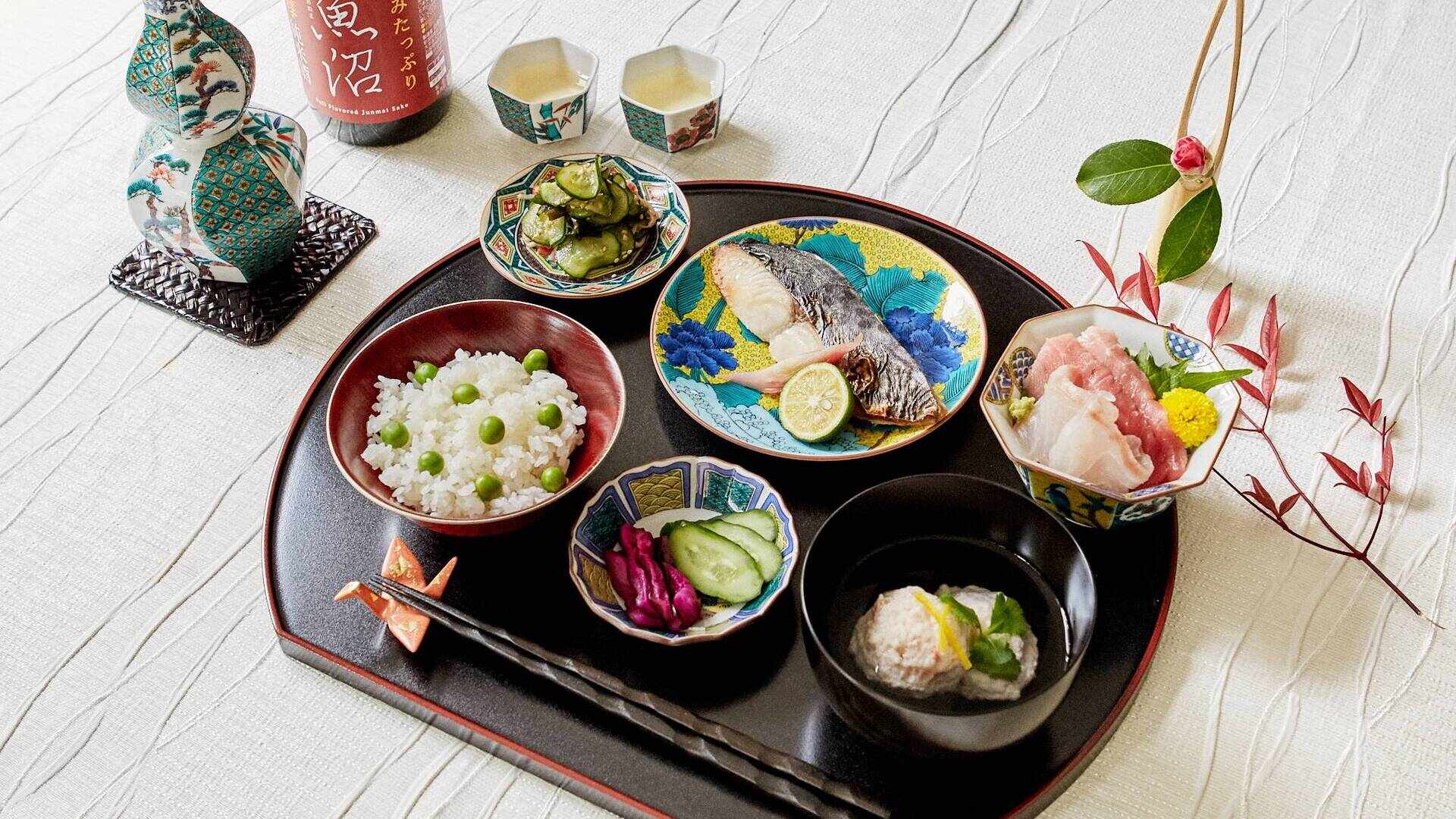
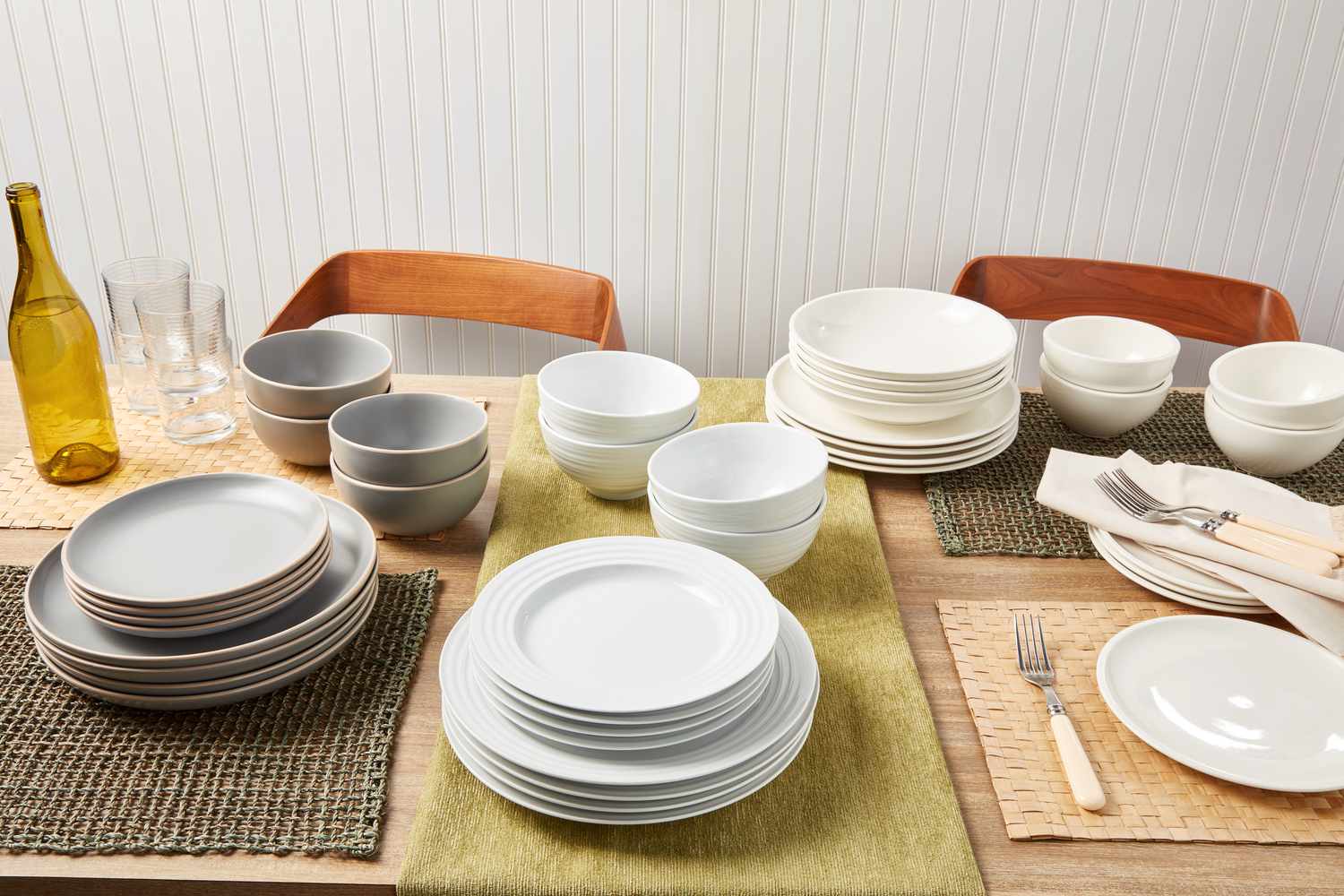
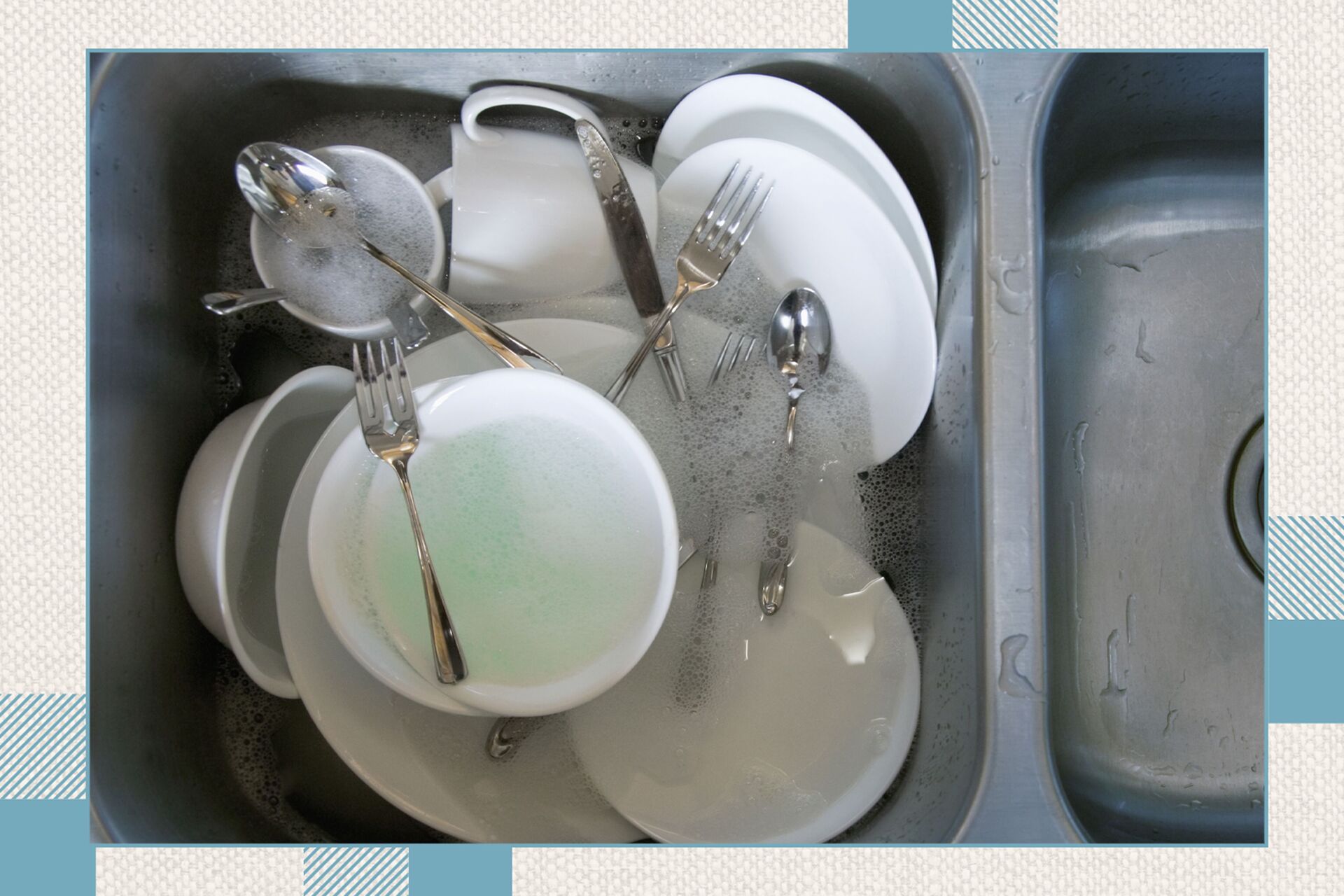
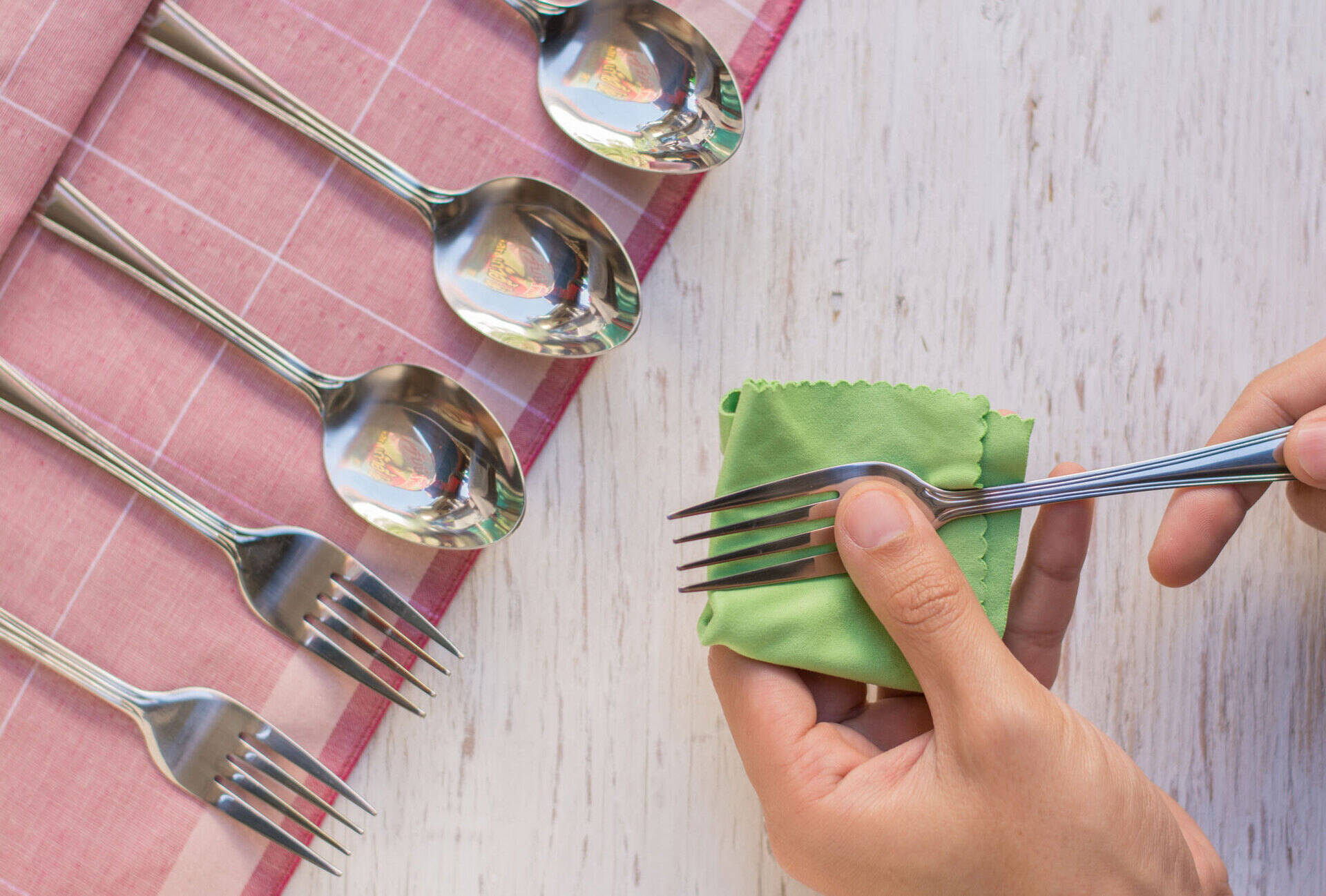
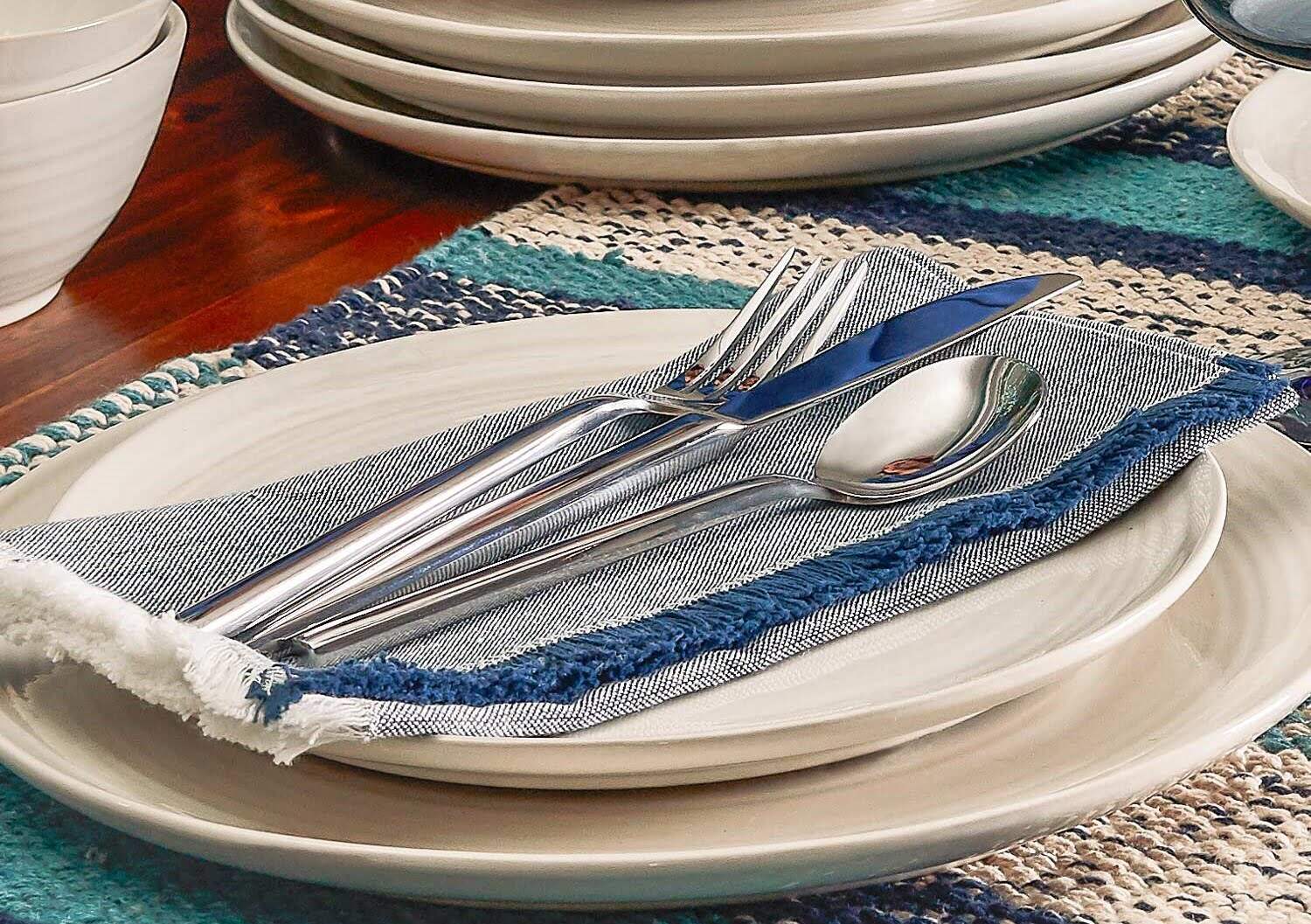
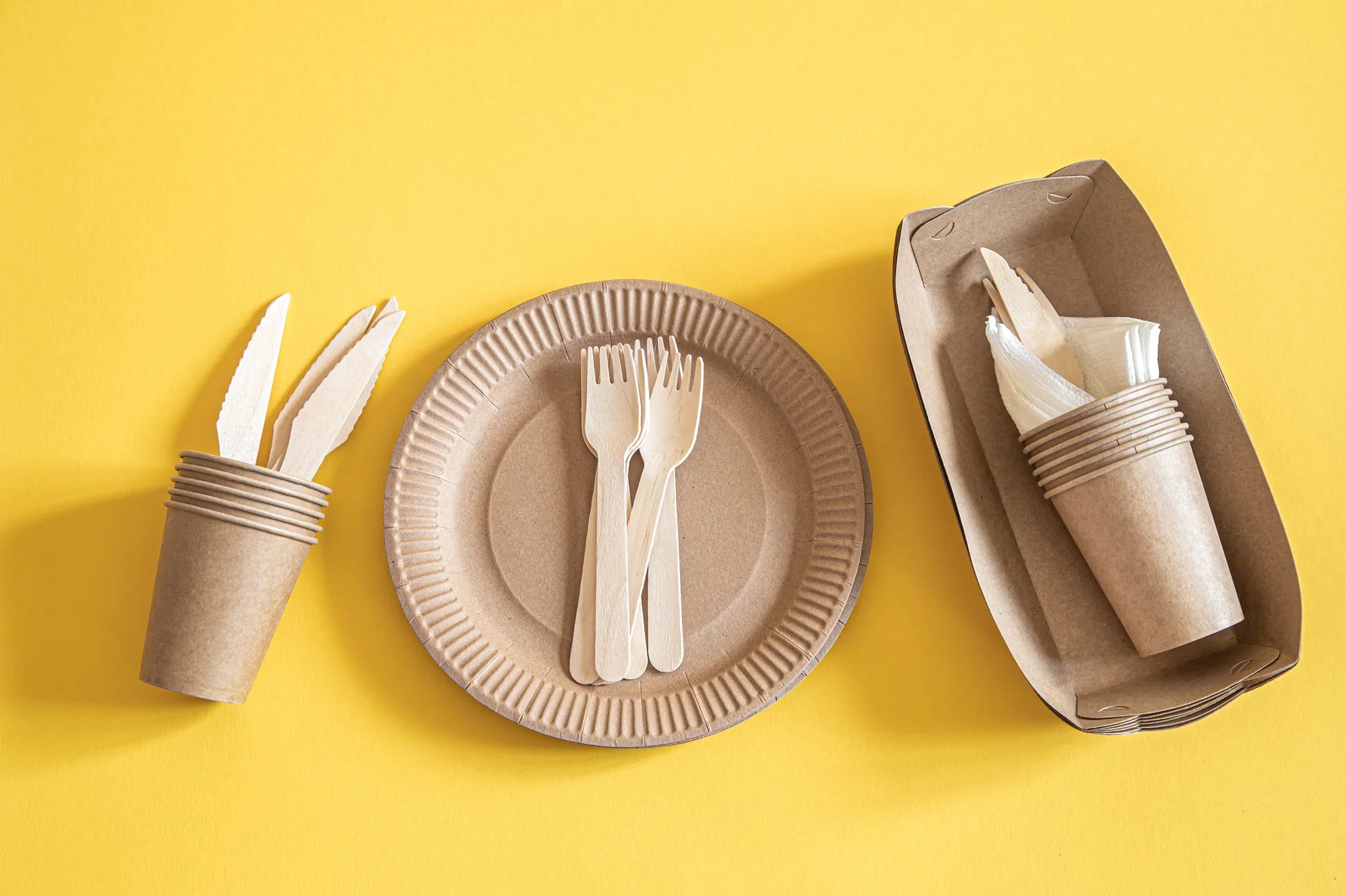
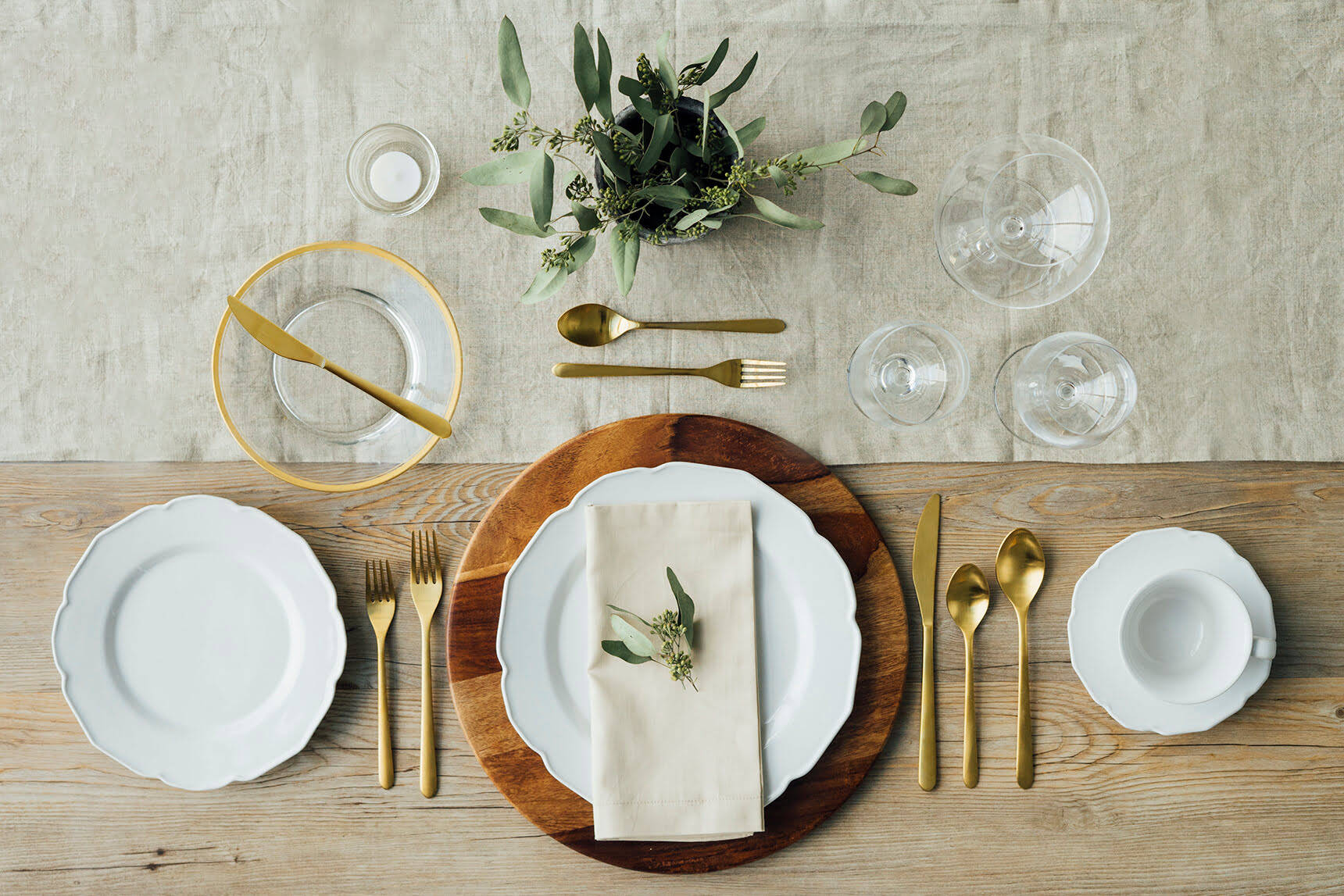
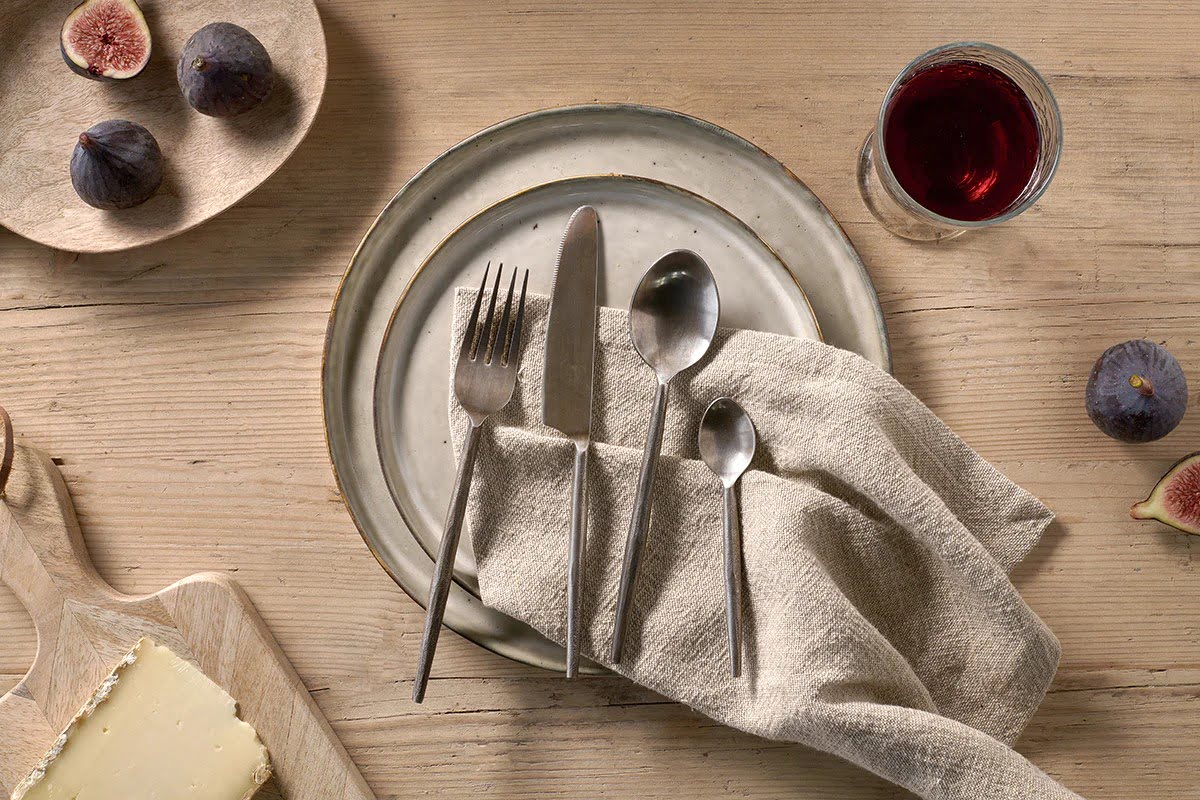
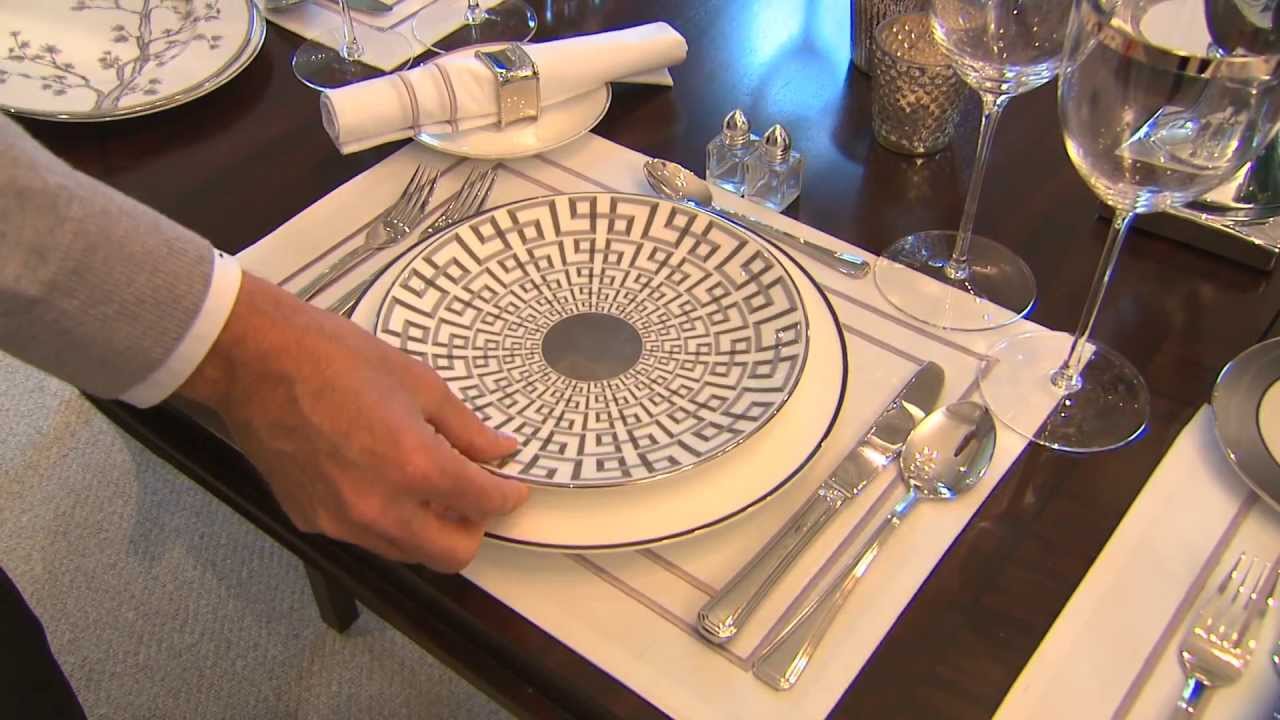
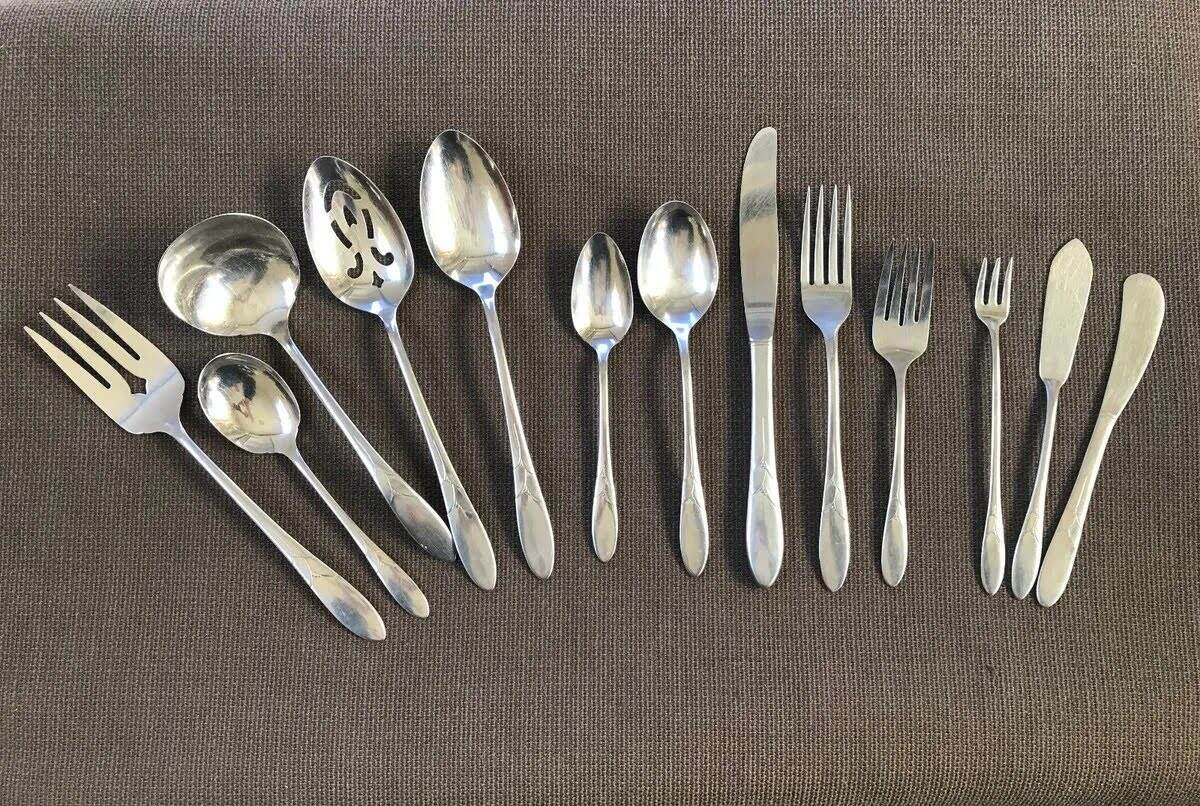
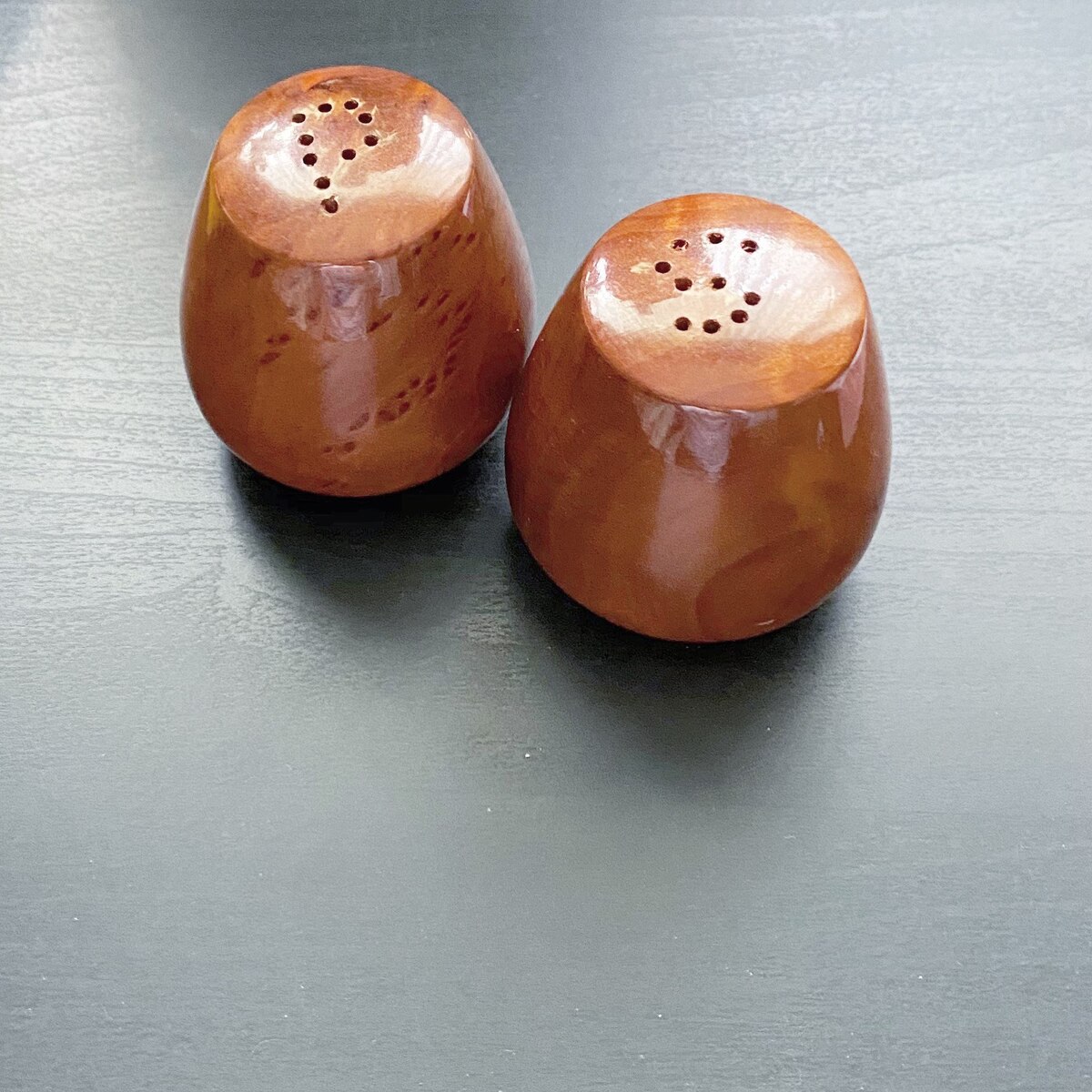
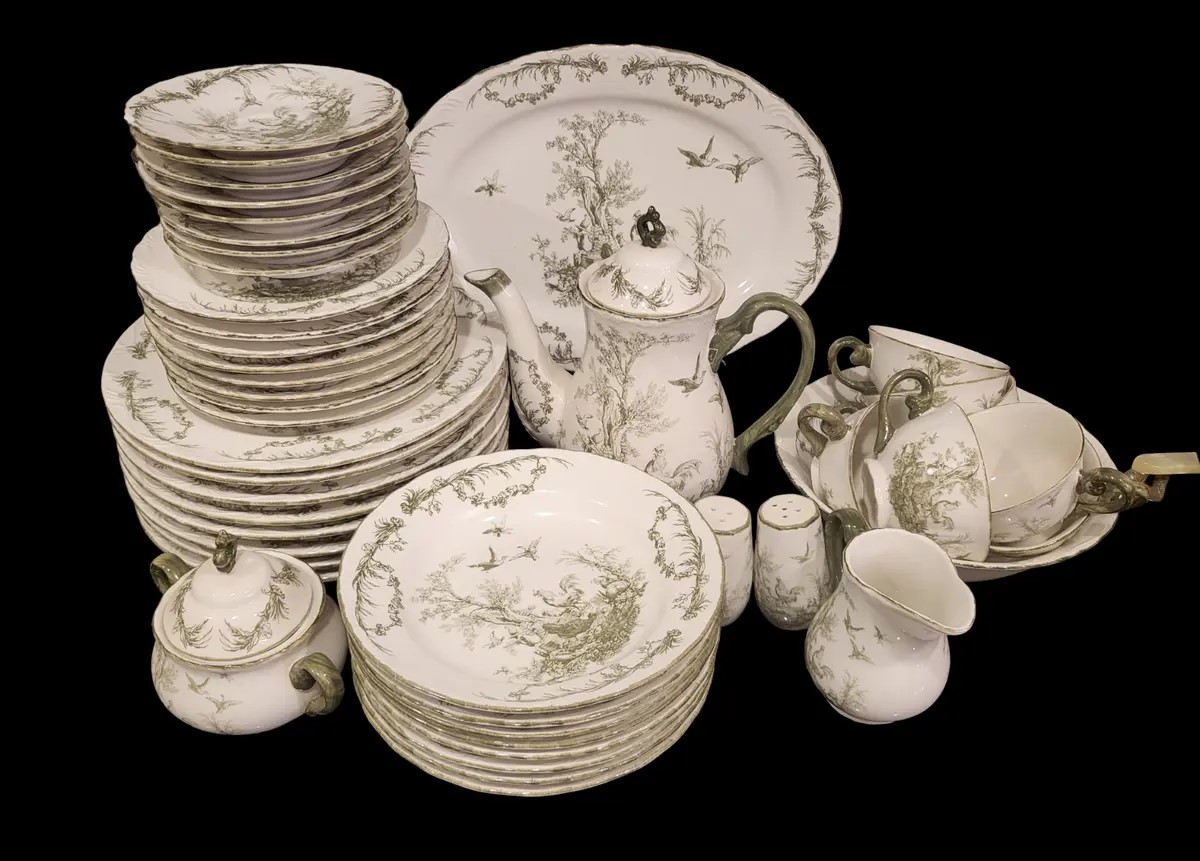
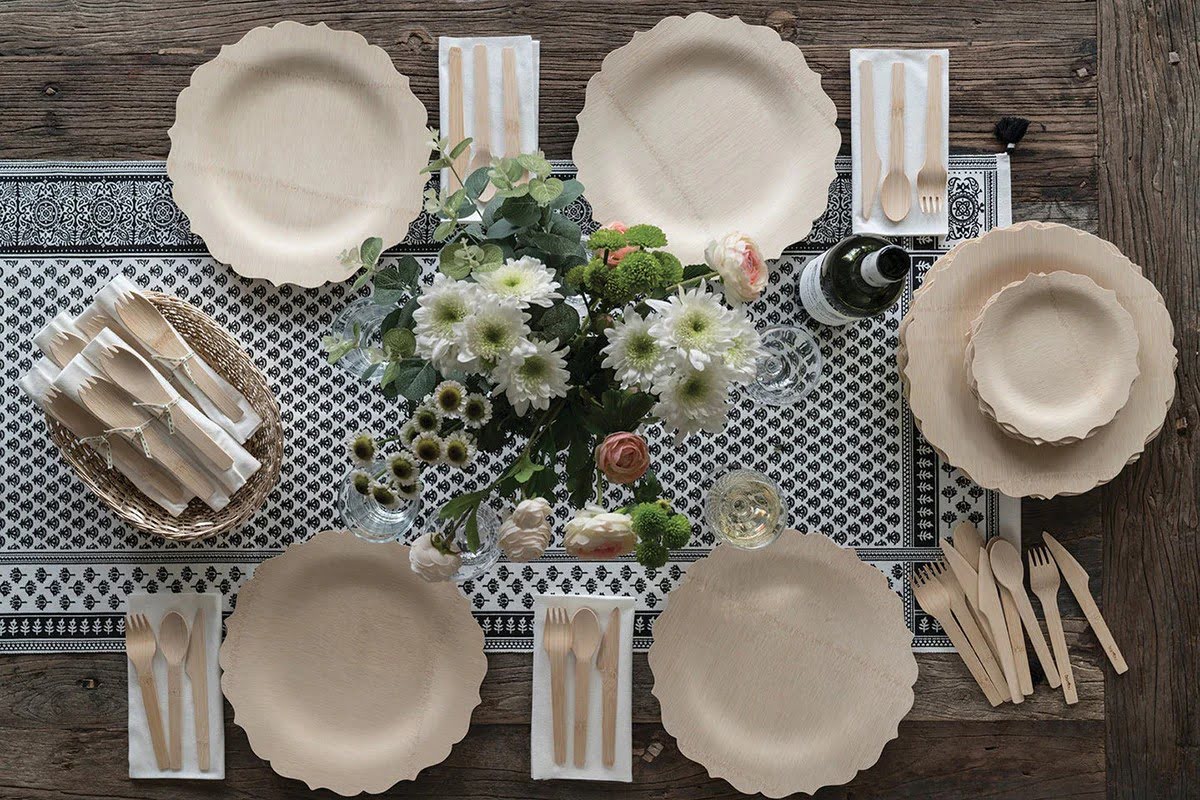
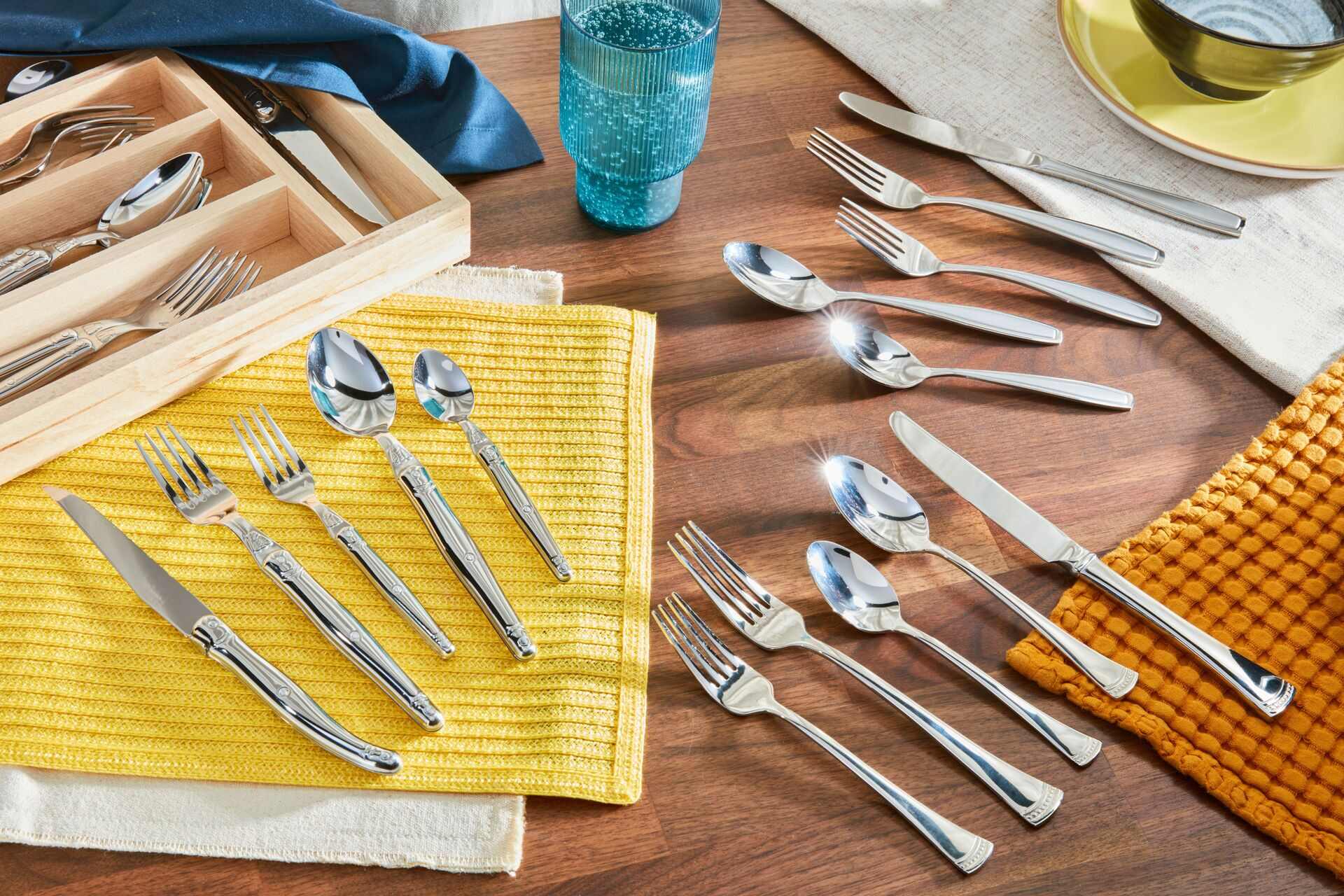

0 thoughts on “How To Make Your Tableware Match Different Table Settings”